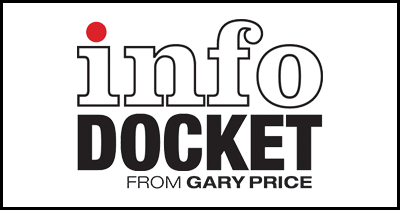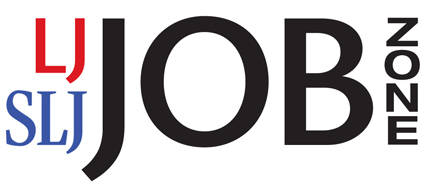Oxford University’s Bodleian Libraries Launches Digital.Bodleian, A New “One-Stop” Online Portal
Digital.Bodleian utilizes iNQUIRE, digital discovery software from Armadillo Systems. The company plans to make the software open source sometime in the near future.
From the U. of Oxford:
The Digital.Bodleian website, launched yesterday, includes more than 100,000 images covering everything from beautifully illustrated manuscripts and centuries-old maps to Victorian board games and Conservative Party election posters from the last 100 years.
For the first time the public can view digital versions of library materials, many of which were only previously accessible by obtaining an Oxford University Bodleian Libraries’ readers card.
At digital.bodleian.ox.ac.uk visitors can view a diverse range of stunning images, find out more about the Bodleian’s incredible historic collections, and even curate their own customized image collections within the website.
[Our emphasis] Digital.Bodleian also allows users to download images for non-commercial use, make private notes and annotations, leave public comments on images and share images on social media. The resource is particularly suited to educational use as all images are available under an open license allowing for use in presentations, on virtual learning environments and on other non-commercial platforms.
[Clip]
The Digital.Bodleian website is also an exciting resource for scholars. The Bodleian’s digitized collections have always been a popular primary resource for academics, however until the launch of Digital.Bodleian these digitized images, books and manuscripts were presented to the public through separate websites, databases and image galleries. Now uniting these resources through a single website has radically simplified their access and discovery, providing in essence a digital Bodleian ‘one-stop shop.’
While other cultural institutions have led similar projects to digitize and make their collections available online, Digital.Bodleian is unique in the range of collections featured, the easy-to-use interface and the single point of entry that allows cross-collection searching.
[Our emphasis] This is also the first web resource of its kind to follow IIIF (International Image Interoperability Framework) guidelines; this allows scholars to make side-by-side comparison of images and online delivery of very high-resolution files which allows investigation of fine detail.
Highlights of the images discoverable through Digital.Bodleian include:
- The medieval Gough Map, believed to be the earliest map of the UK
- Botanical watercolours by Austrian illustrator Ferdinand Bauer
- Complete facsimile of publications from early 19th century expeditions to Egypt by French archaeologist Jean-François Champollion and Italian Egyptologist Ippolito Rosellini
- Hundreds of board games, writing blanks, and other 18th and 19th century children’s games
- Victorian playbills, handbills, postcards and posters from the John Johnson Collection of Printed Ephemera
- Greek and Hebrew manuscripts digitized as part of the Polonsky Project, a joint initiative between the Bodleian Libraries and the Vatican Library, generously funded by the Polonsky Foundation.
The Bodleian Library plans to regularly update the new portal with more material.
Filed under: Academic Libraries, Libraries, Maps, Patrons and Users, Public Libraries, Resources
About Gary Price
Gary Price (gprice@gmail.com) is a librarian, writer, consultant, and frequent conference speaker based in the Washington D.C. metro area. He earned his MLIS degree from Wayne State University in Detroit. Price has won several awards including the SLA Innovations in Technology Award and Alumnus of the Year from the Wayne St. University Library and Information Science Program. From 2006-2009 he was Director of Online Information Services at Ask.com.


